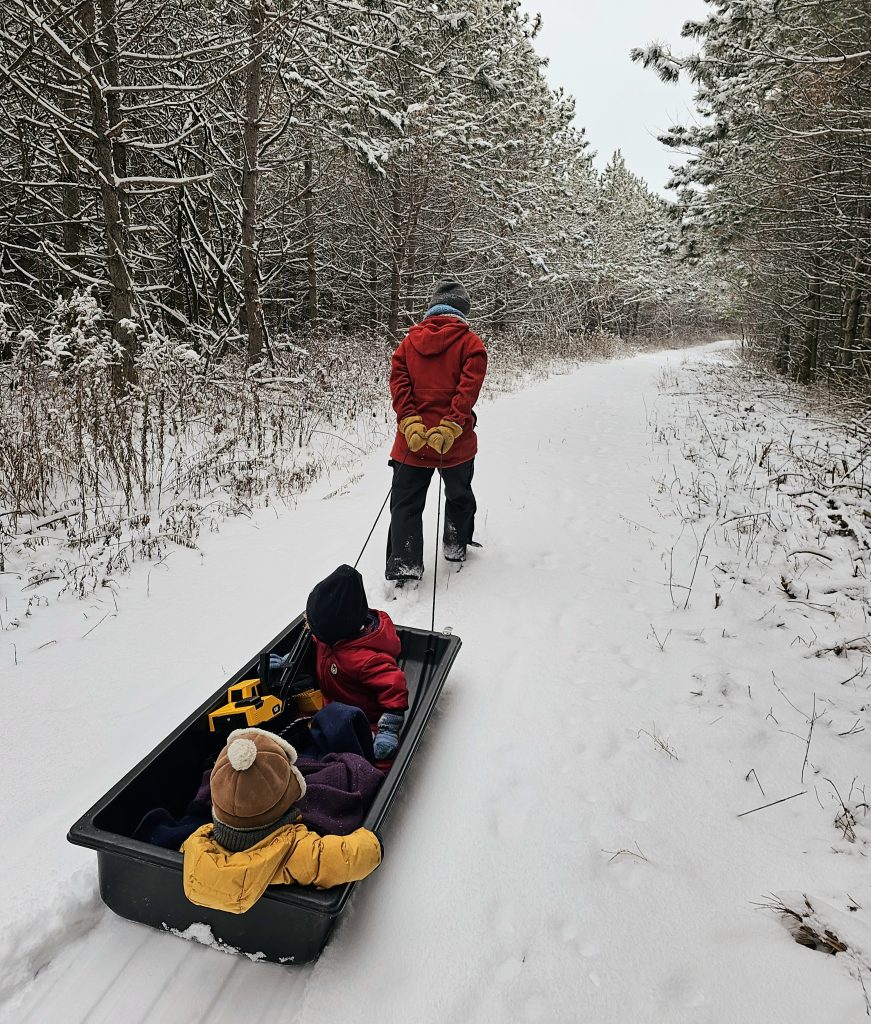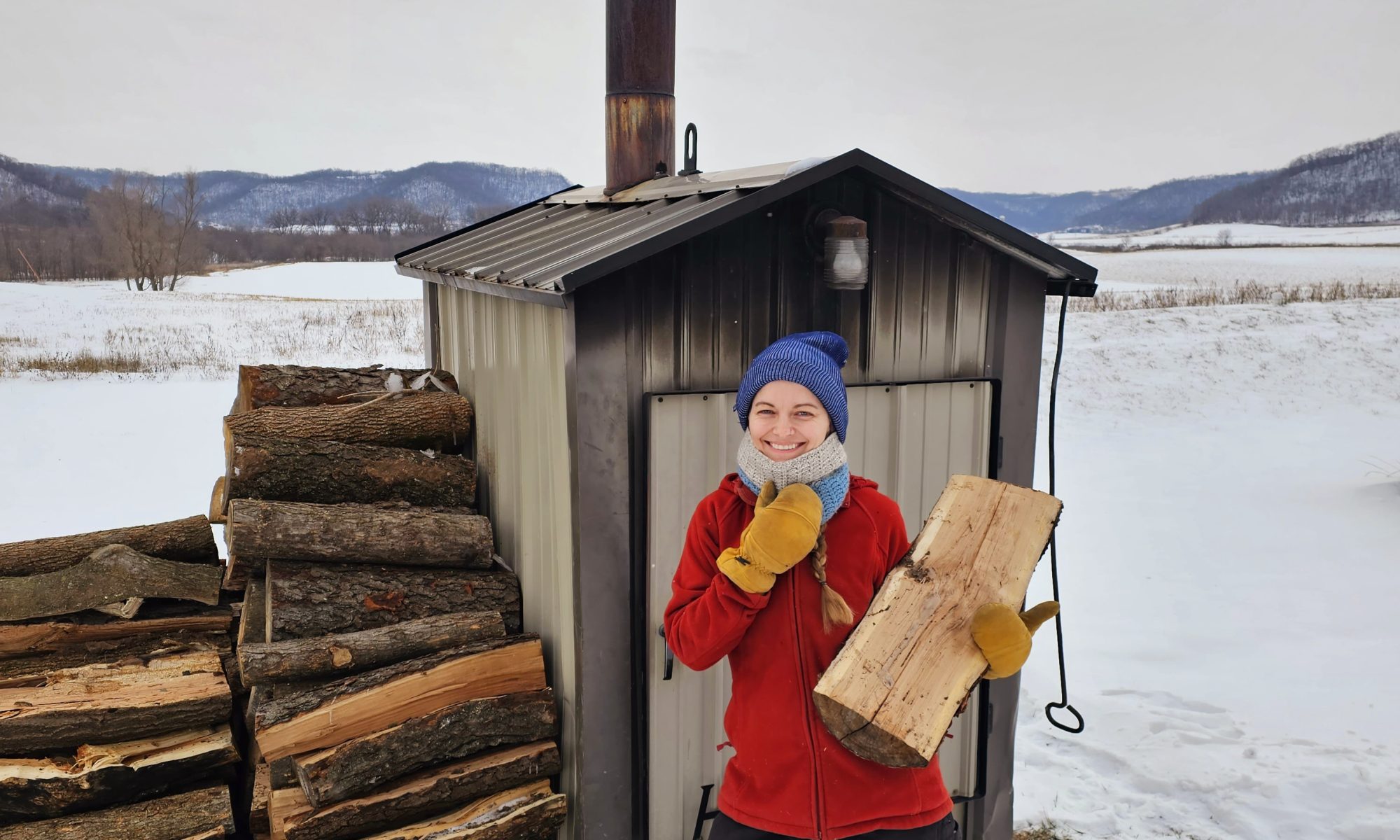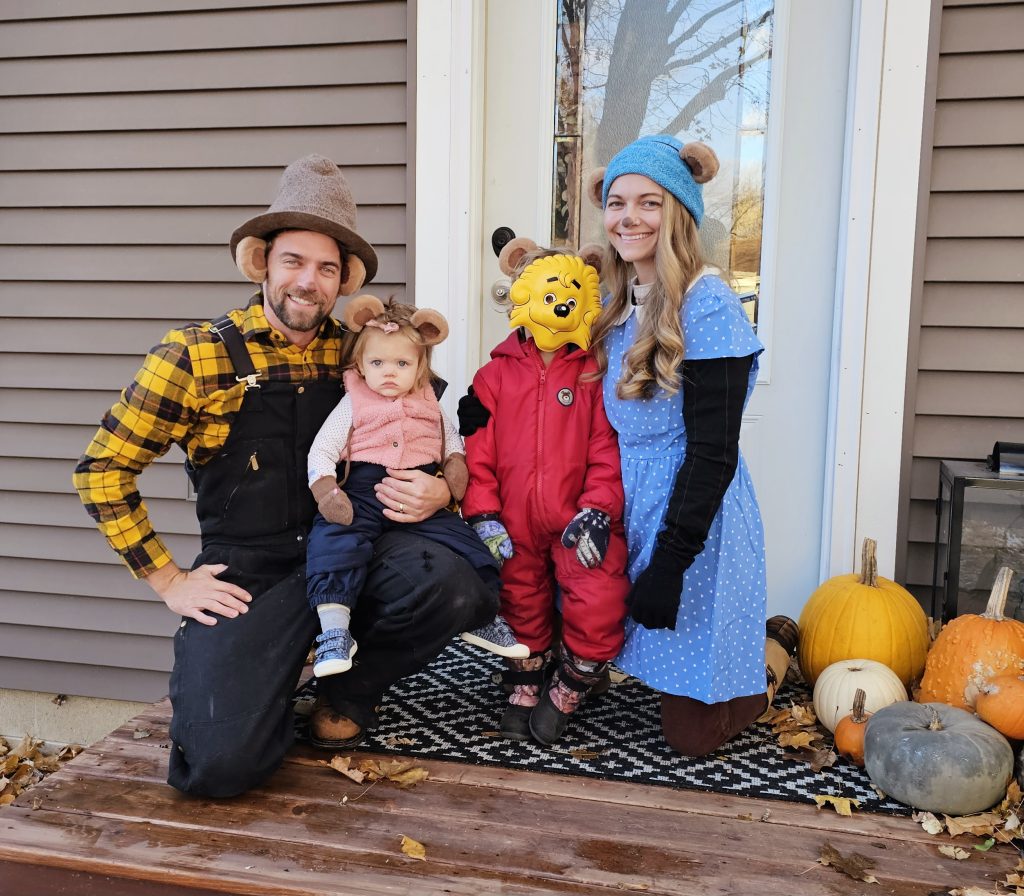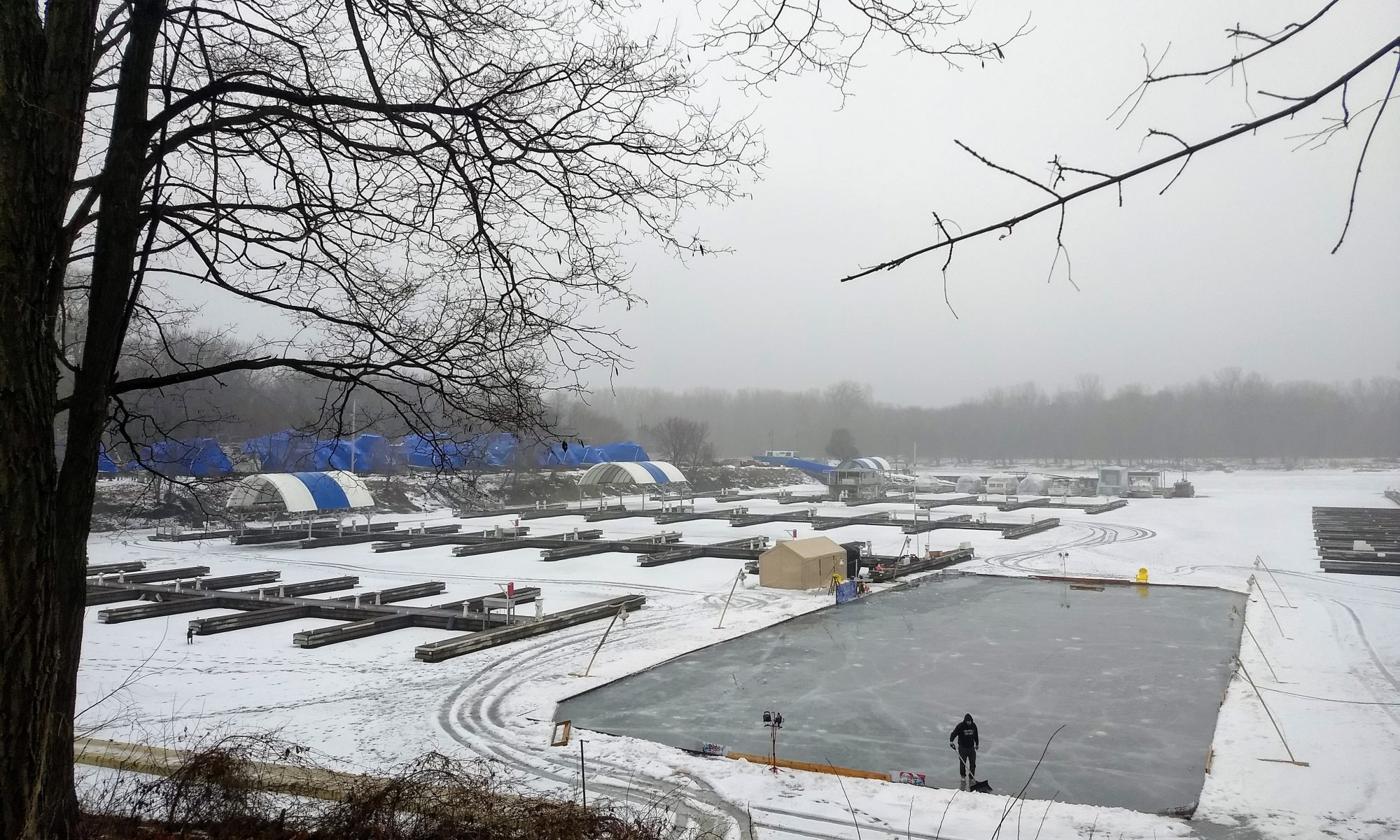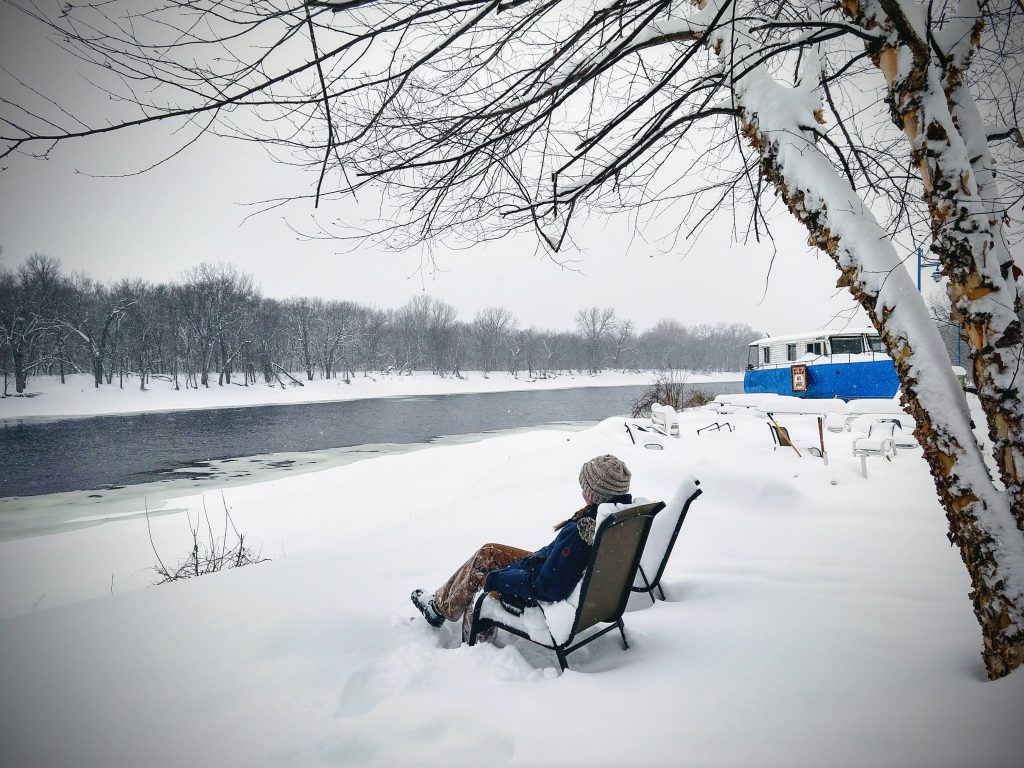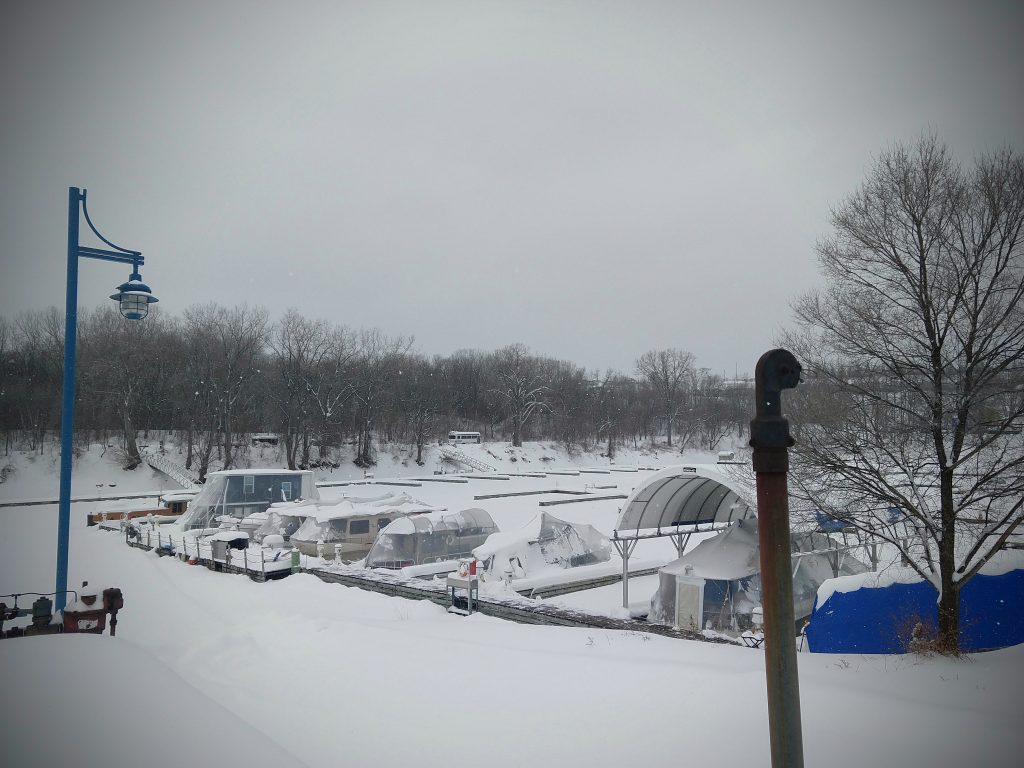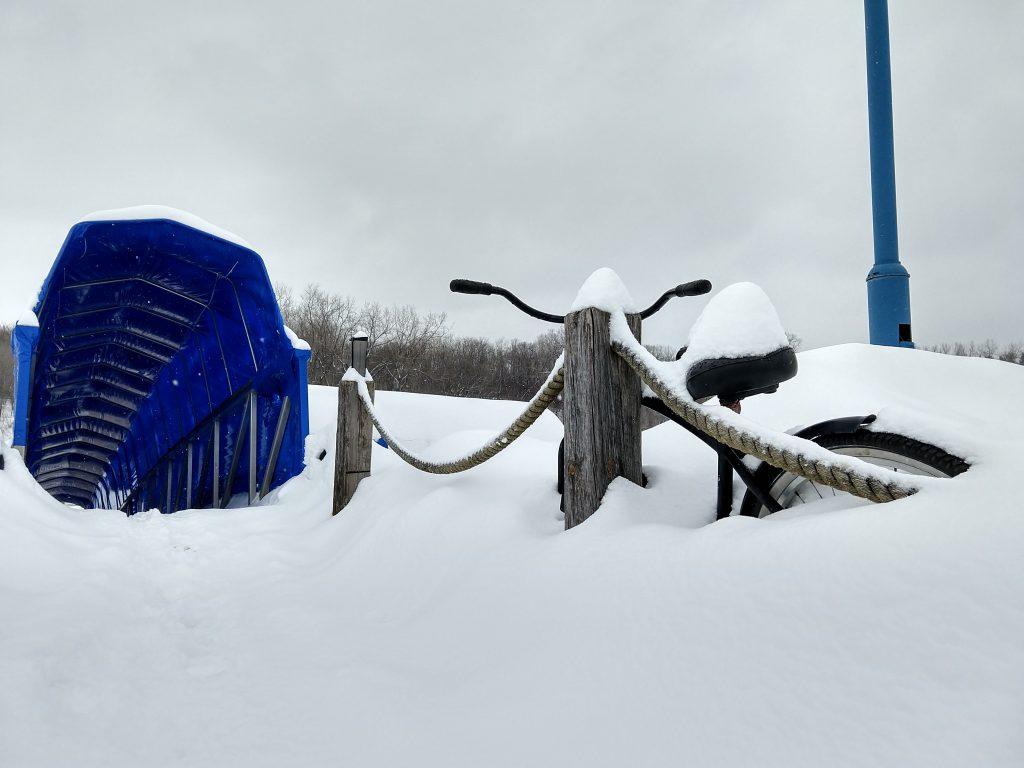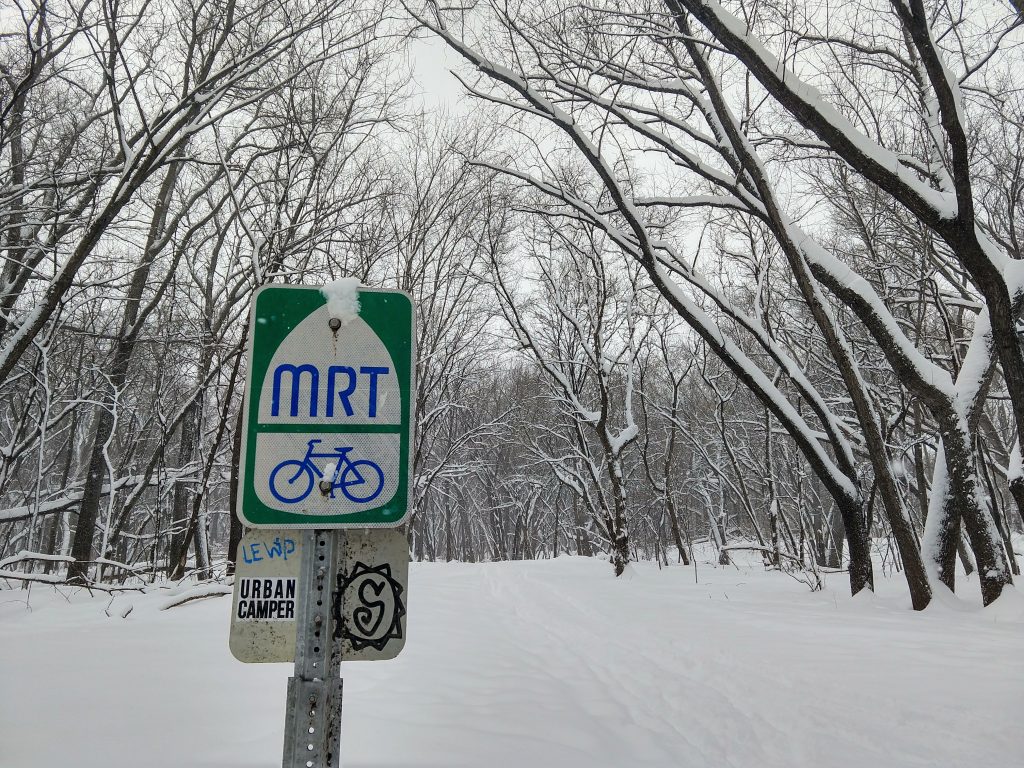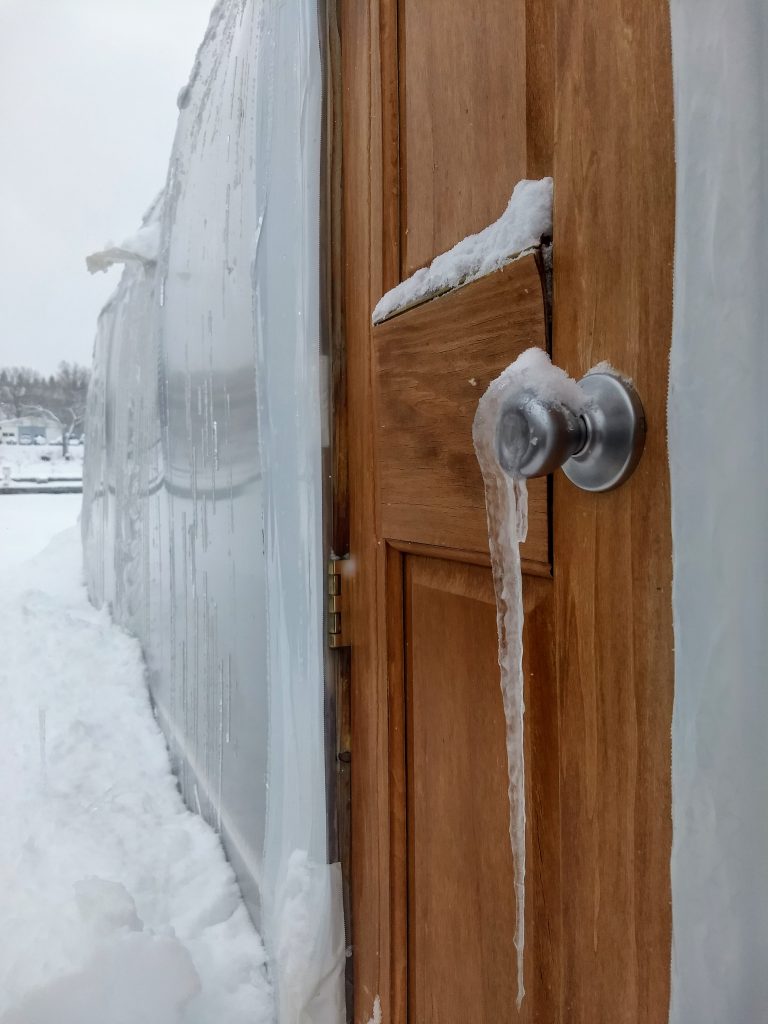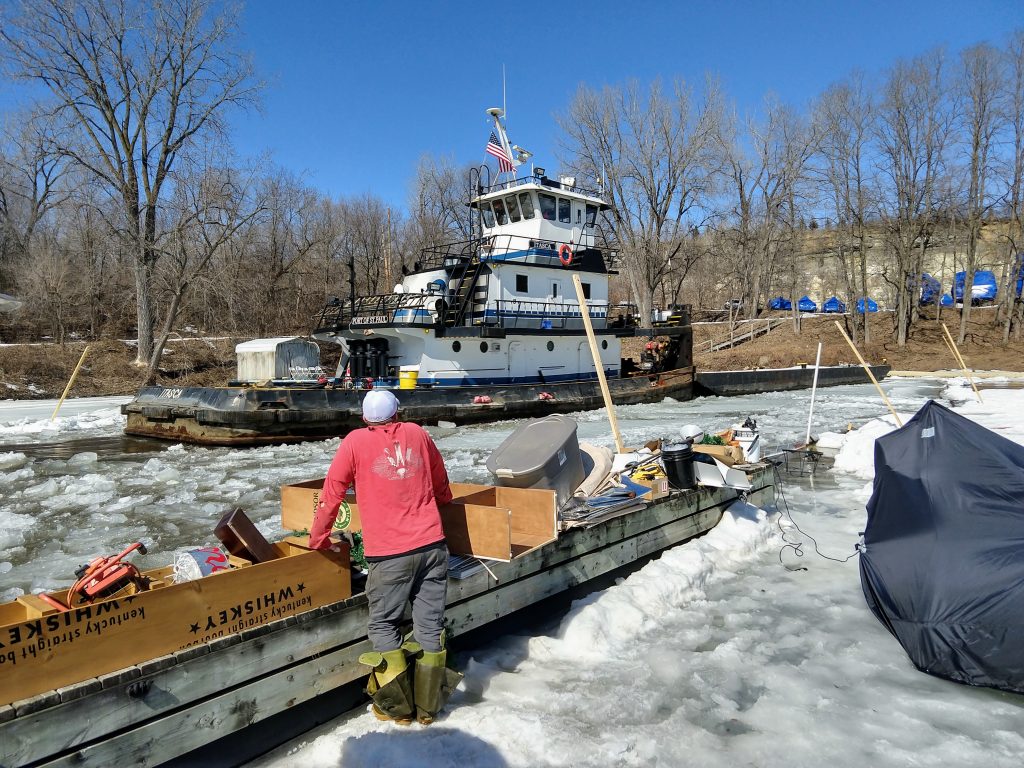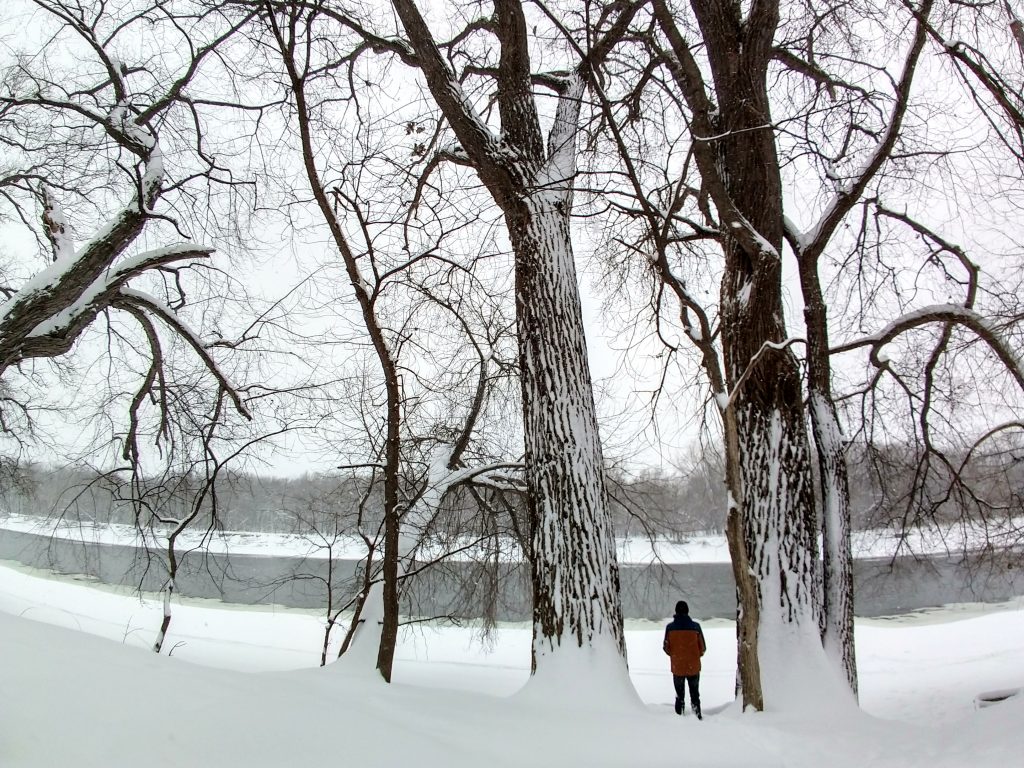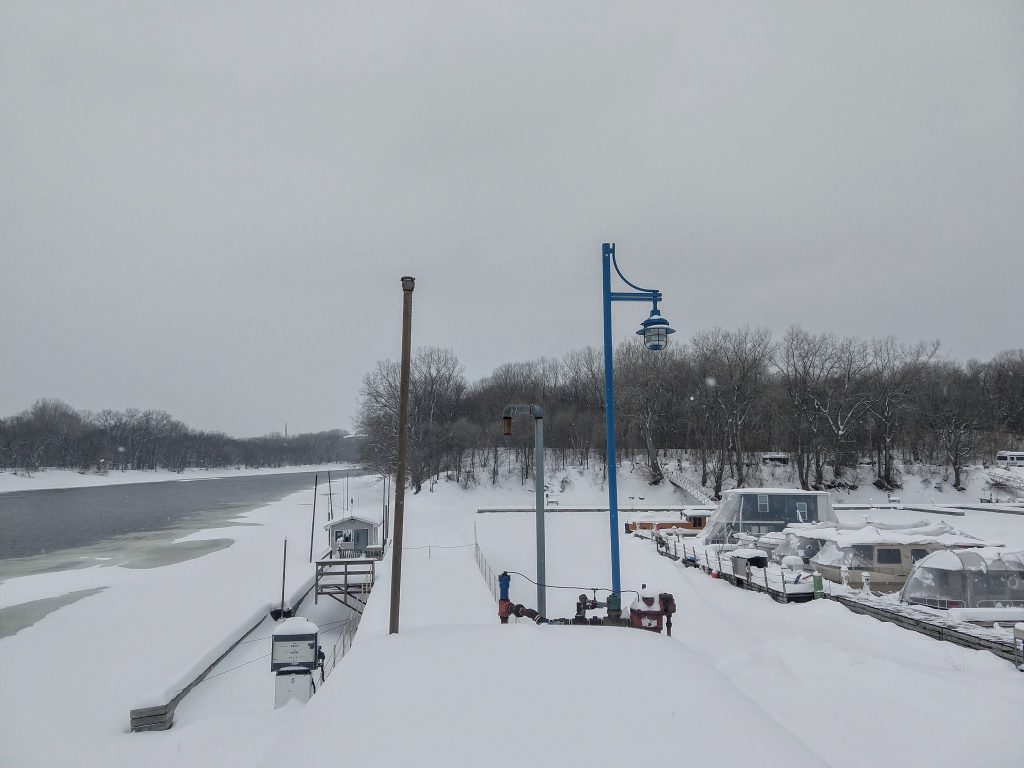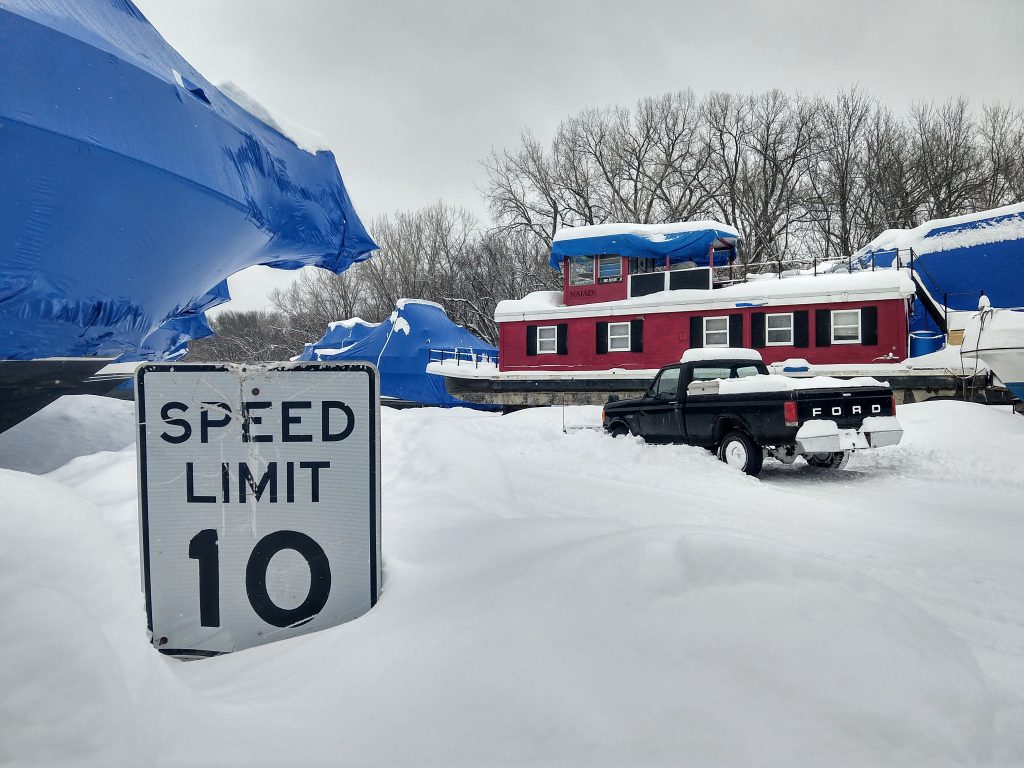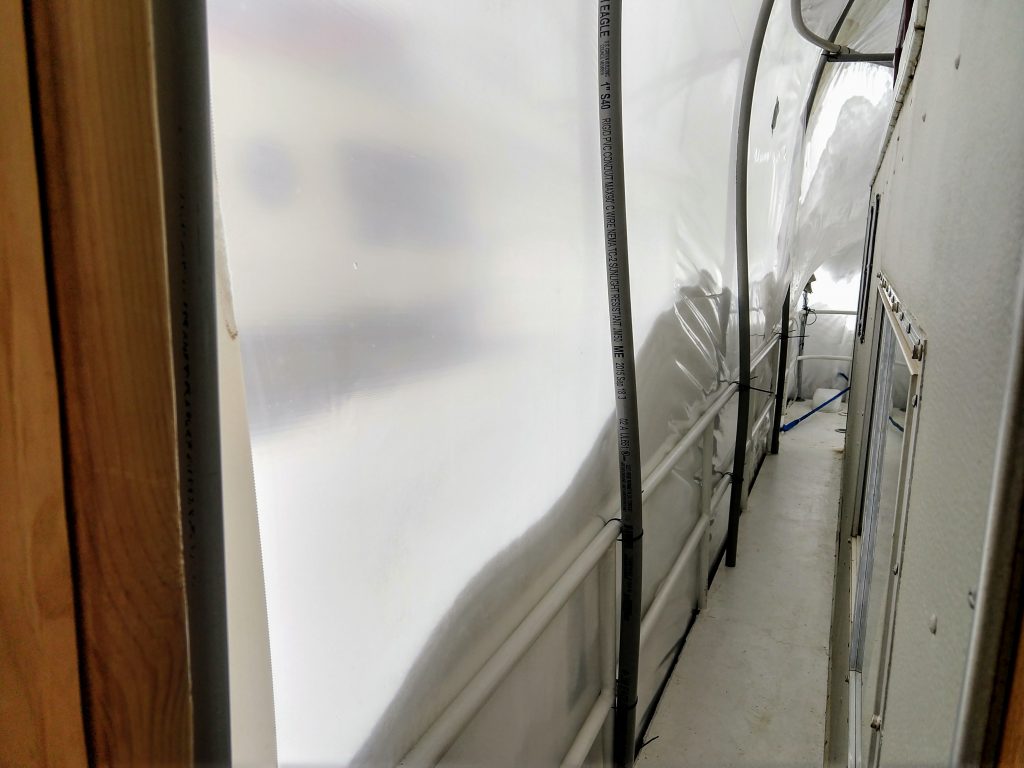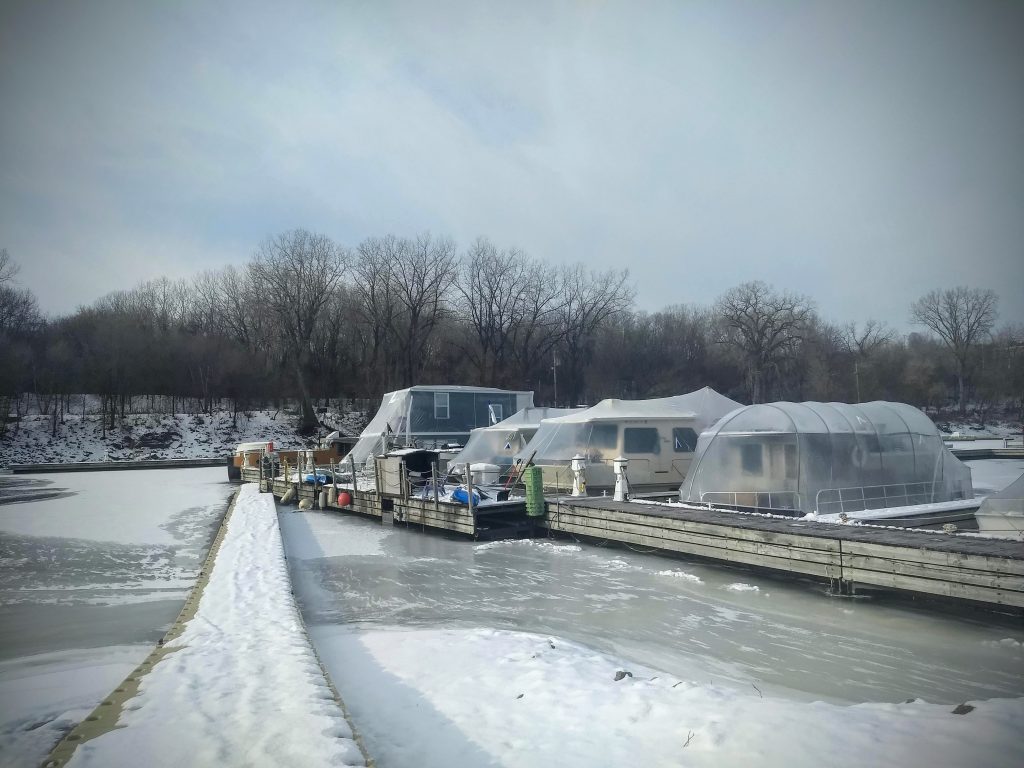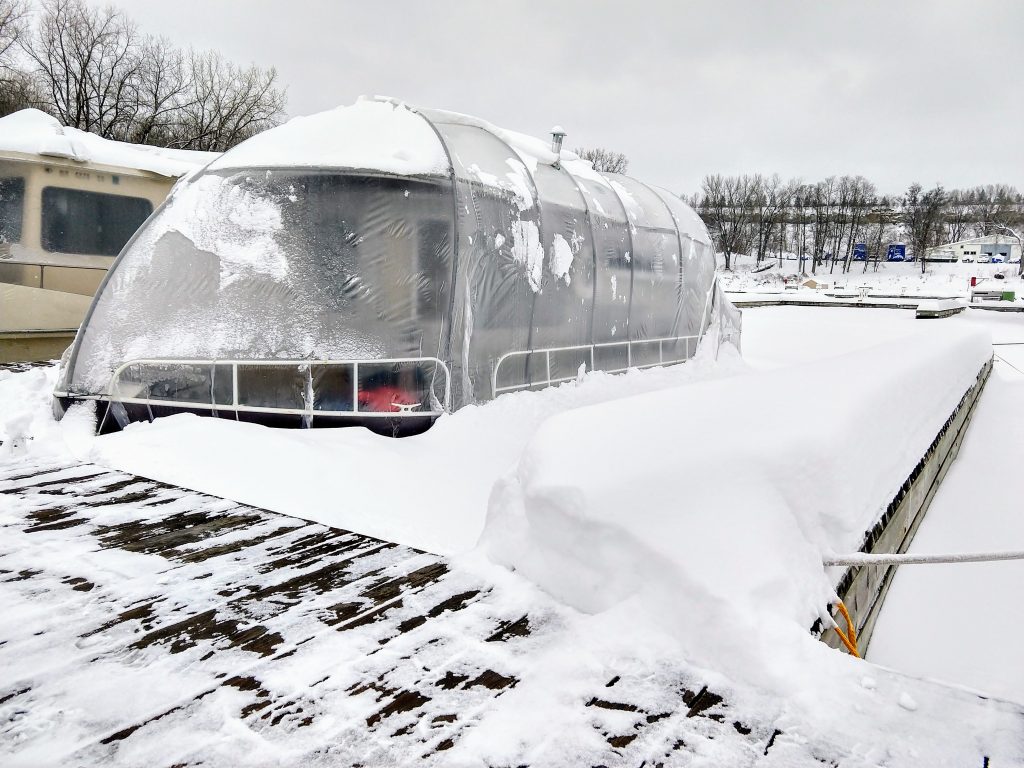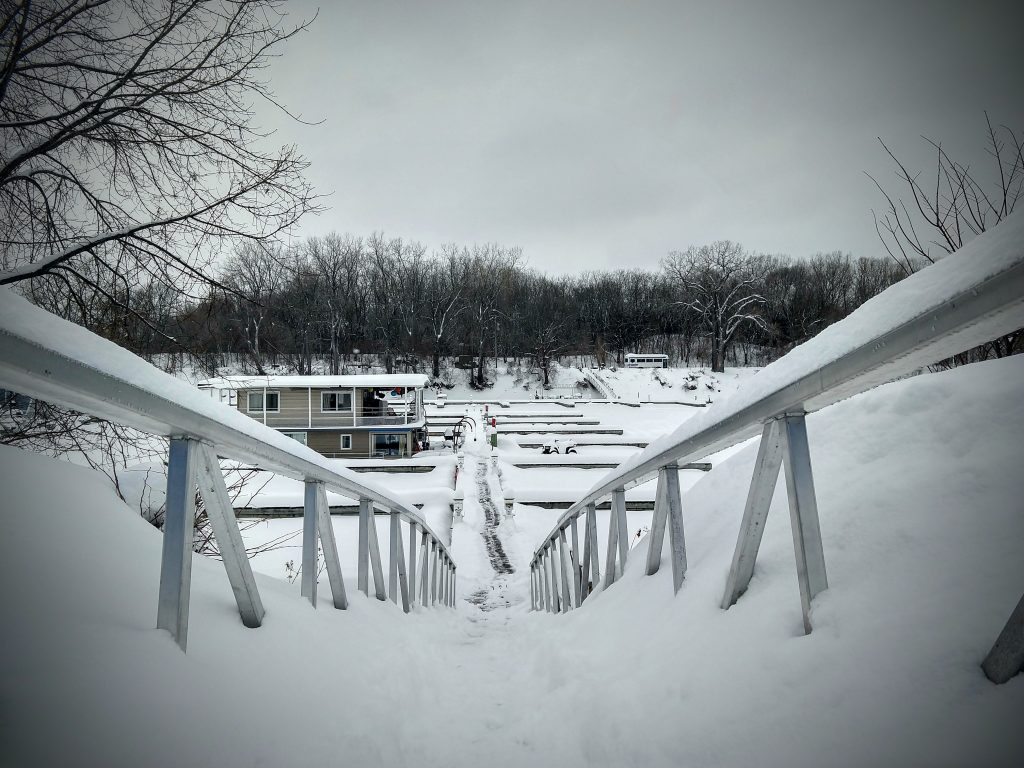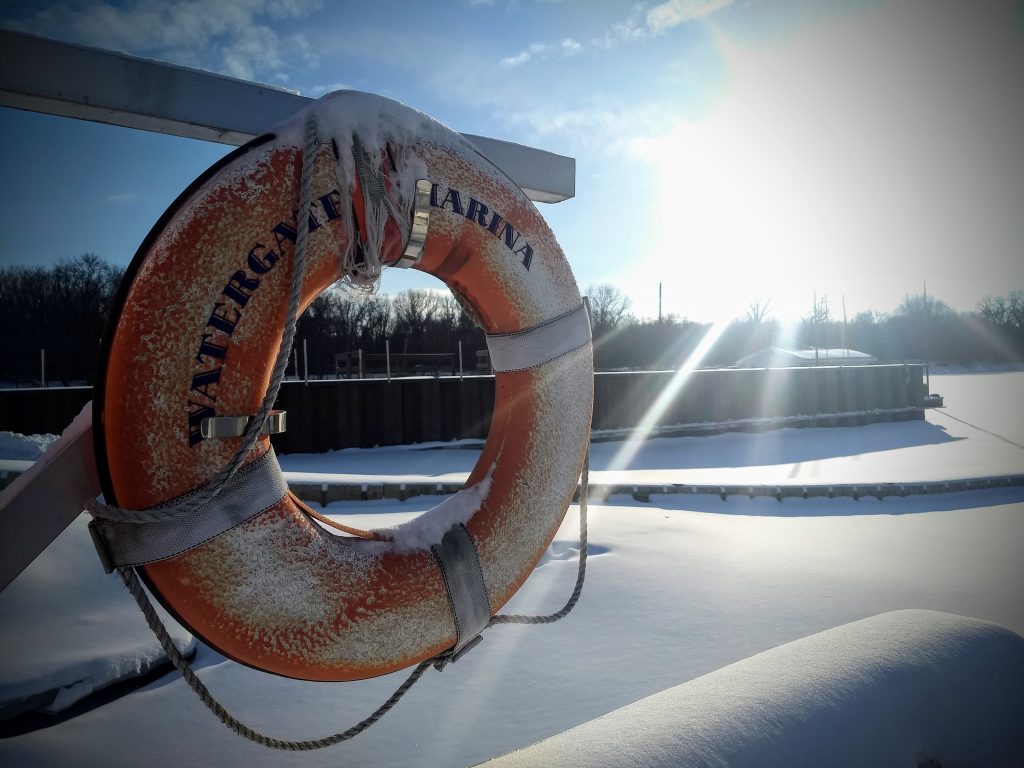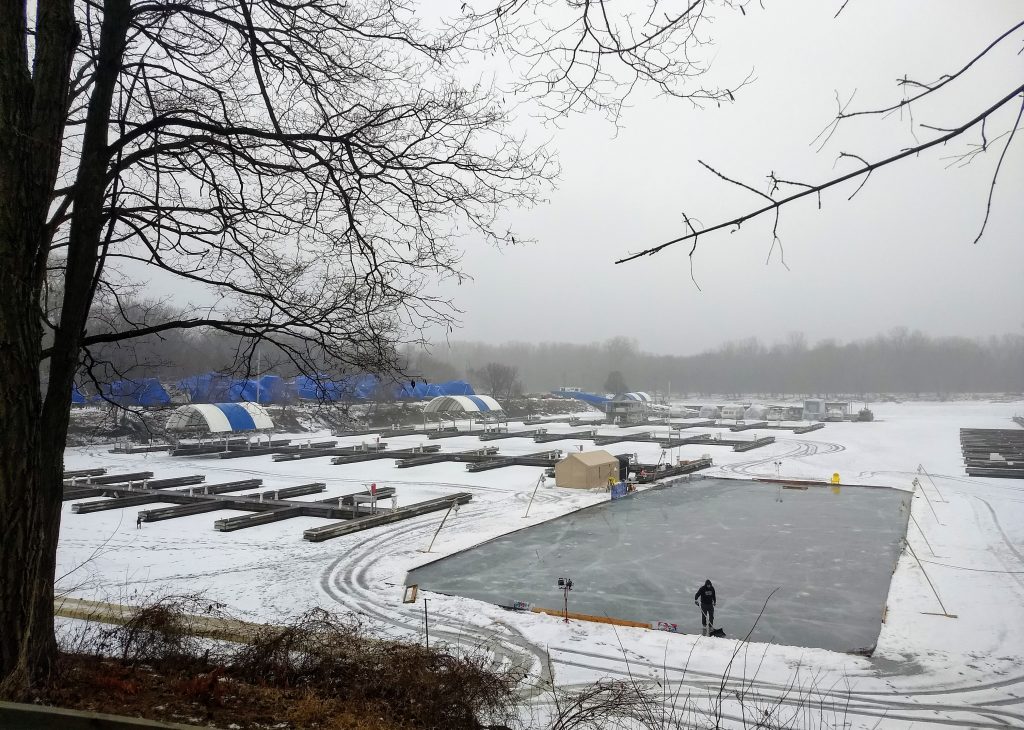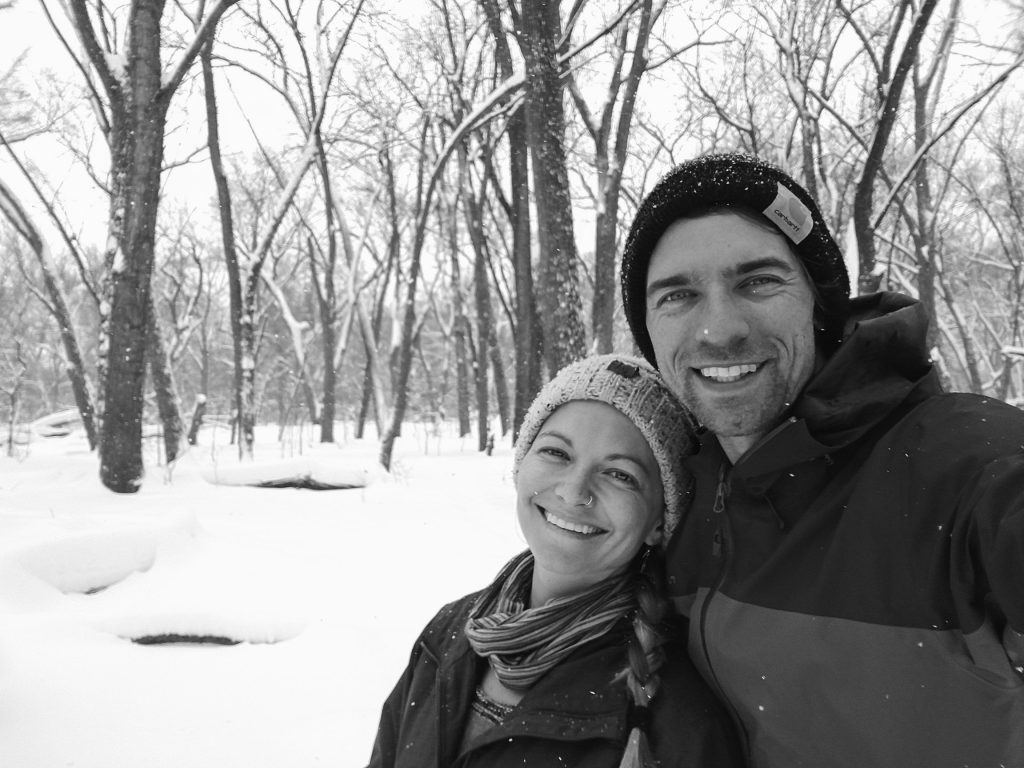Winter has arrived!
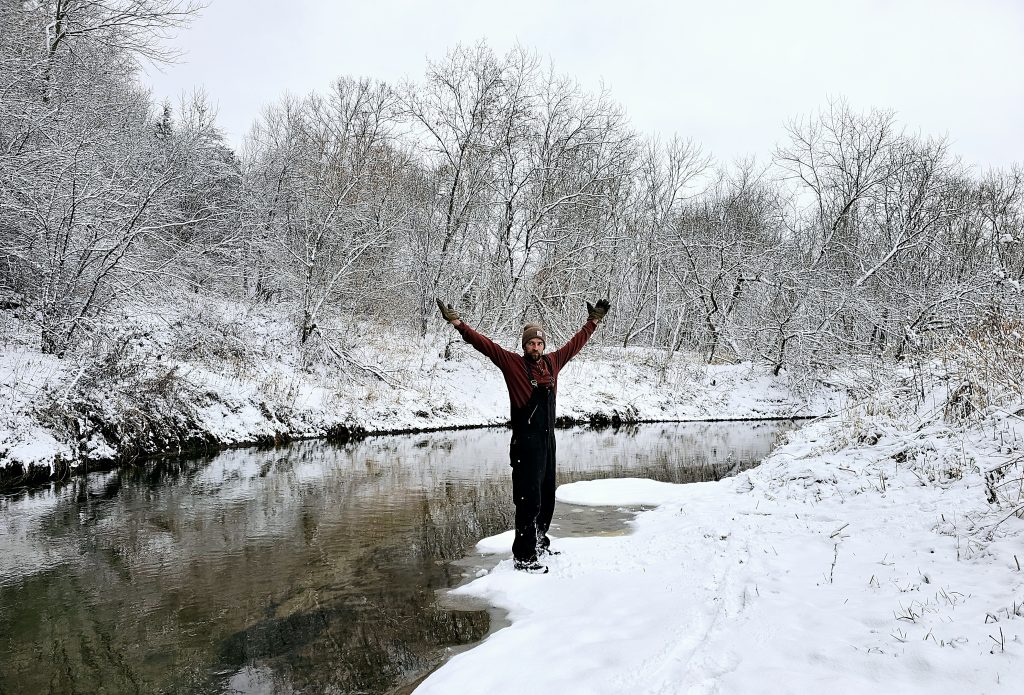
We had a frosty Halloween, Berenstain Bears so bundled, we should’ve been hibernating.
Christmas clocking in at an awkward 54 degrees.. my winter boots and wool socks sitting idly by as I slip on… Fastenal tennies?
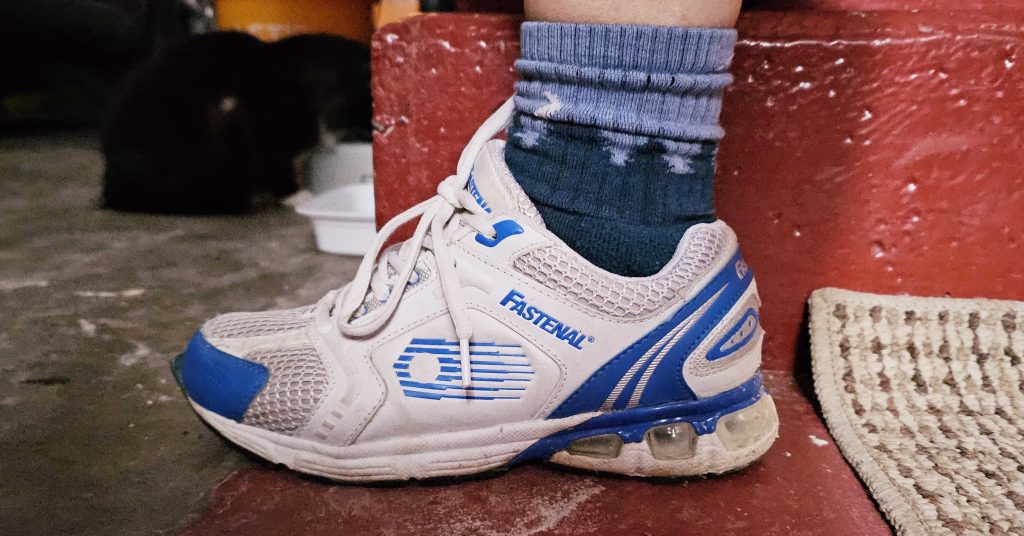
And now, in the middle of January, I wake to -5 degrees and a half foot of snow in all directions. I wonder about the woodstove and the goats. For some reason, I wonder less about the chickens. I have a healthy assumption of their sturdiness.
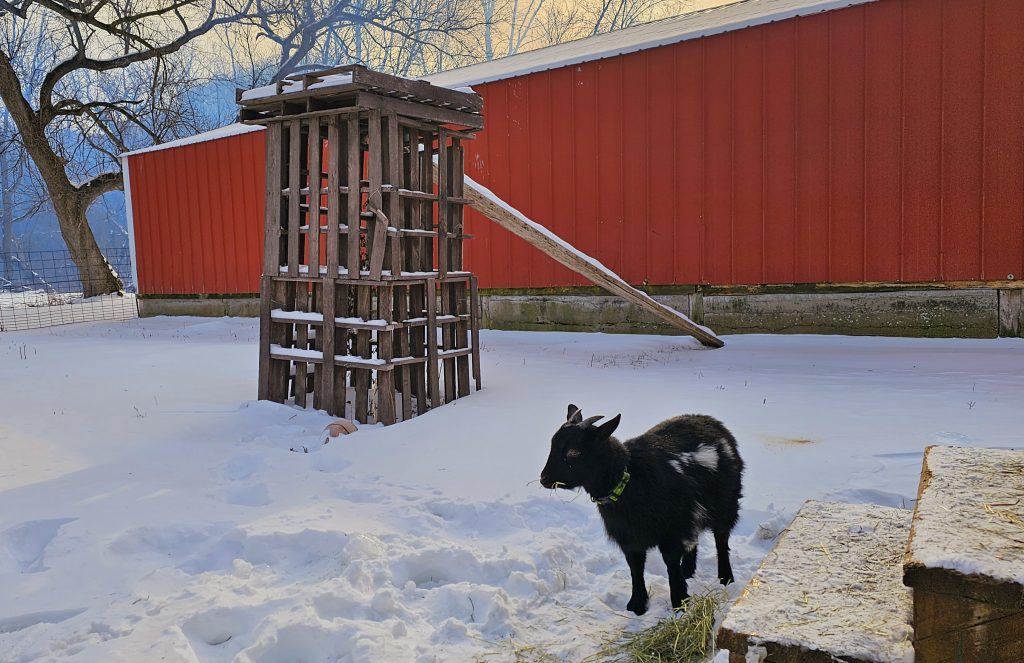
After the usual egg breakfast, my wool socks sit idly by no longer. My Darn Toughs are in healthy rotation as I tuck them under by Berne bibs and into my LaCrosse boots.
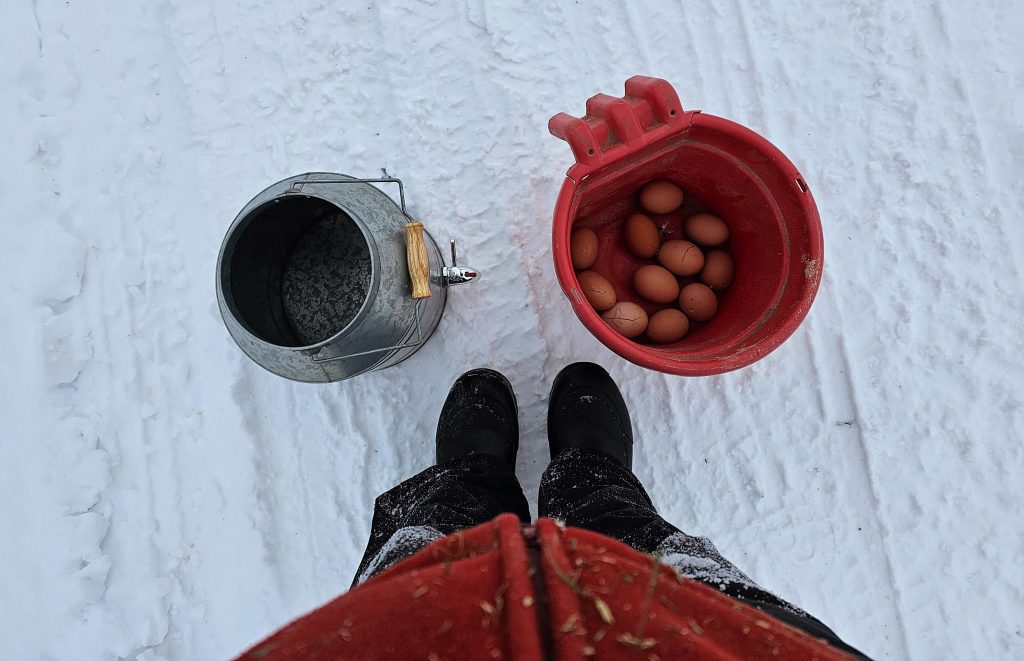
Yes, I have finally found the right combination of clothes to keep me warm in every temperature. Cheap sweatpants under Berne bibs and any old sweatshirt will do as long as it’s under my Duluth Trading shoreline fleece jacket. A thick hat, girthy neck gaiter, and insulated deerskin mittens are also essential.
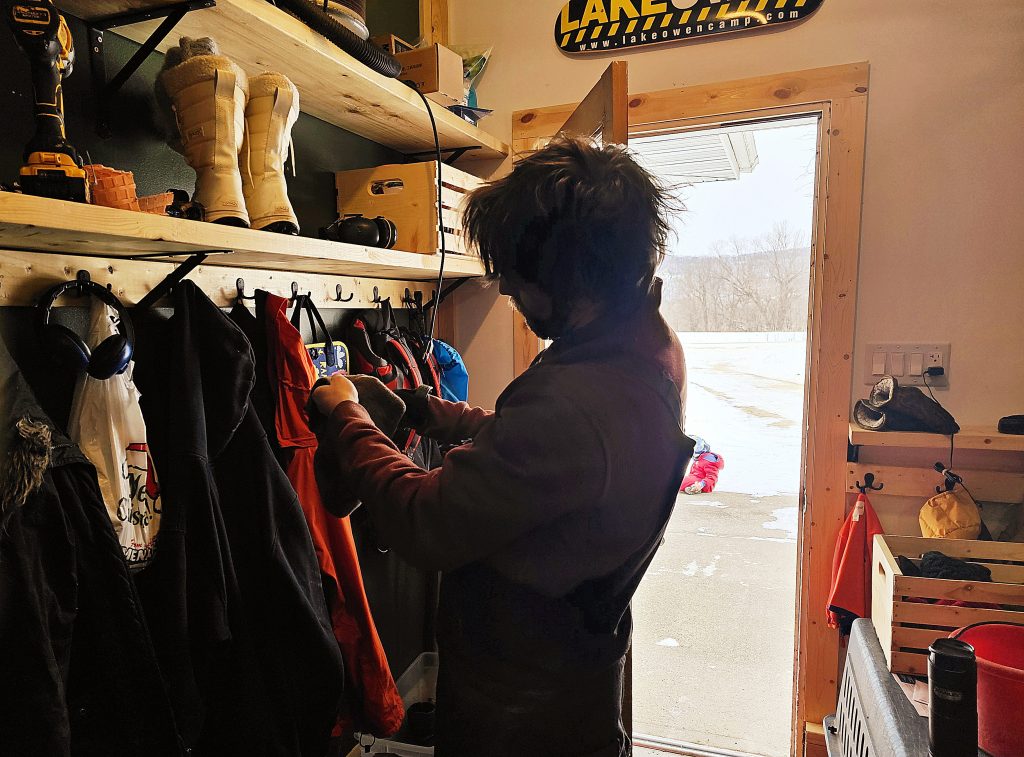
While some people advertise their skin care routine with a level of enthusiasm that surprises me, I can now relate as I write out the details of donning my perfected winter wear. I finally feel like I have a routine worth advertising!
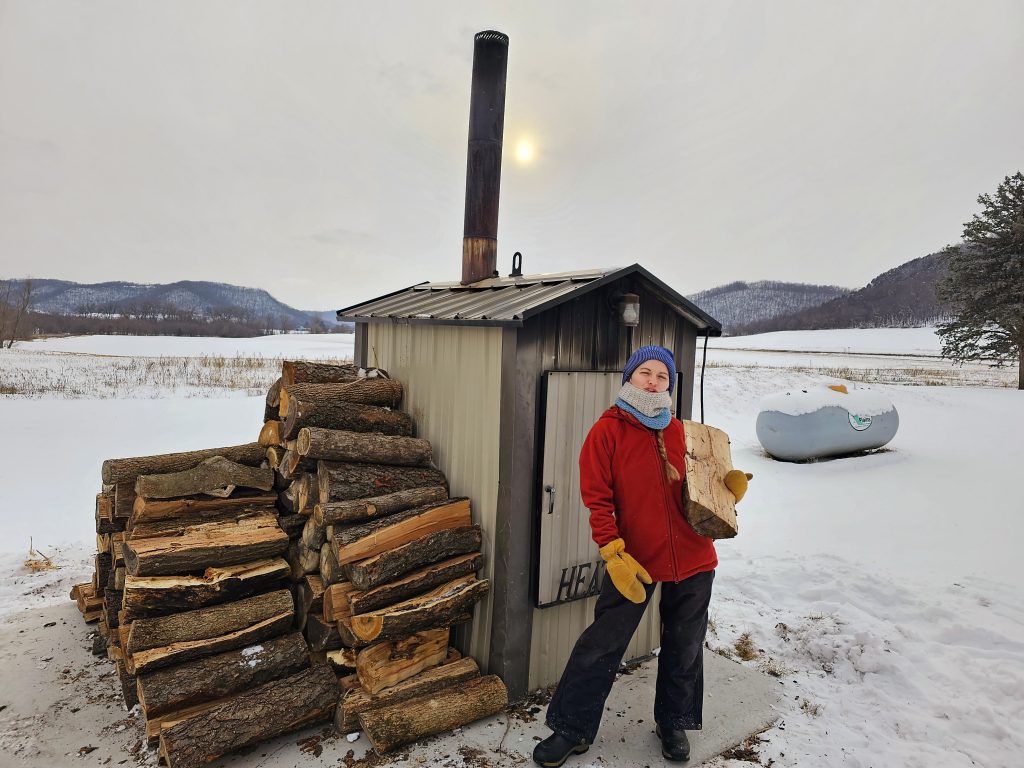
I notice the joy that grows in me as I slip my feet into those Darn Toughs. Perhaps this joy is something akin to rubbing tingly serums on your under eye.
(In an attempt to report the use of serums correctly, I do admit to googling “skin care routine” and going into a mini deep dive. What a world!)
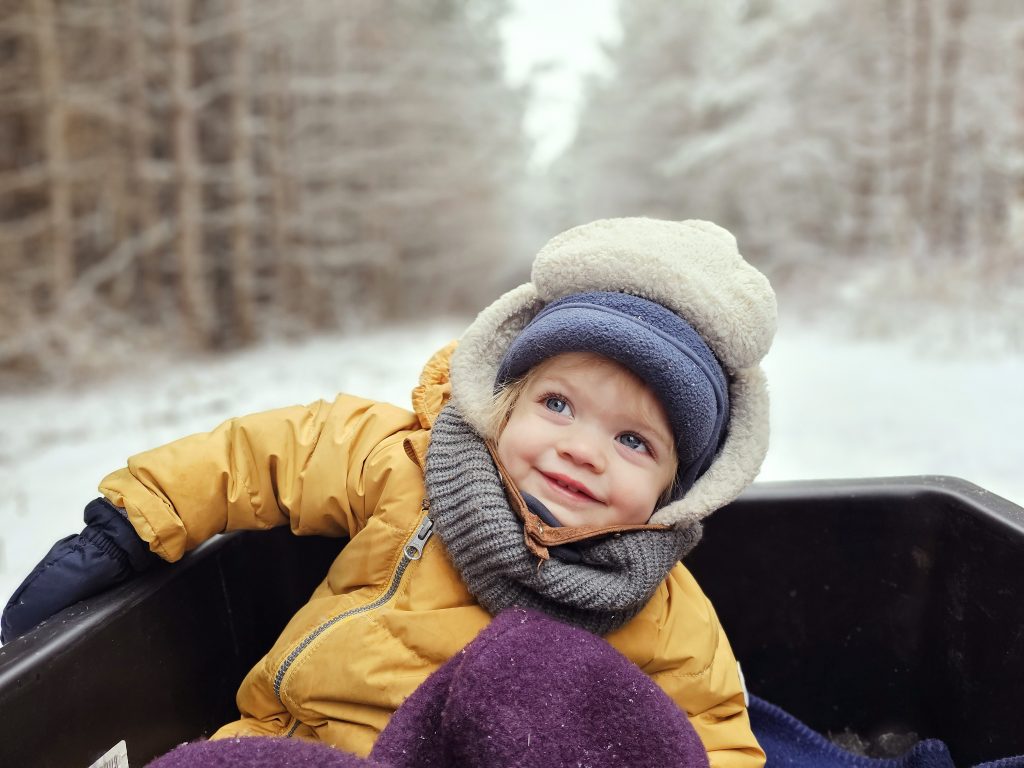
Within my Google research, I was surprised to find that there are commonly 5-10 steps to this phenomenon. This only validated me in my desire to share the value of a thoroughly tested routine.
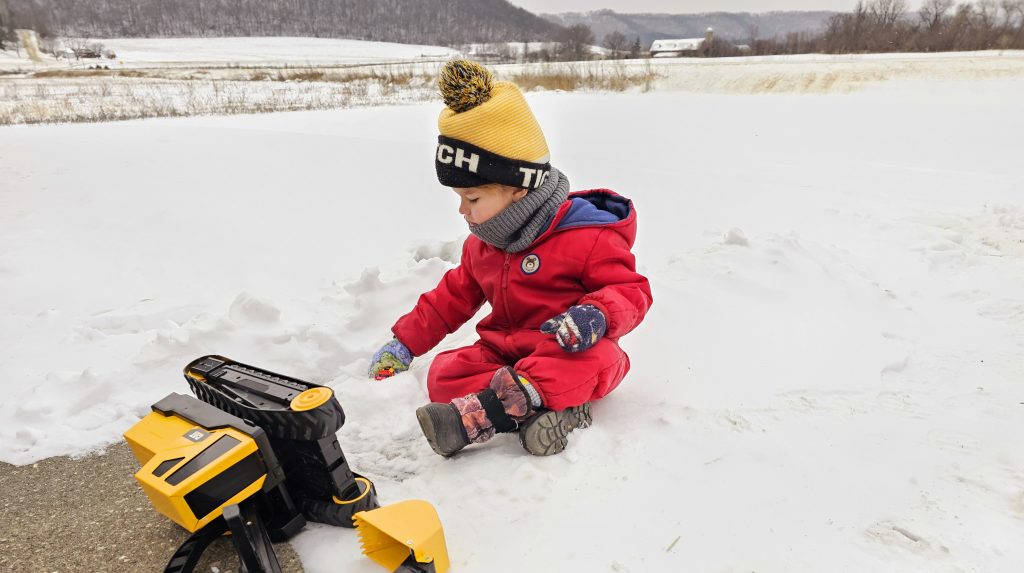
I will now move forward with discussing winter wear in a 7 step format, something that might be reminiscent of your favorite skin care regimen. GRWM.
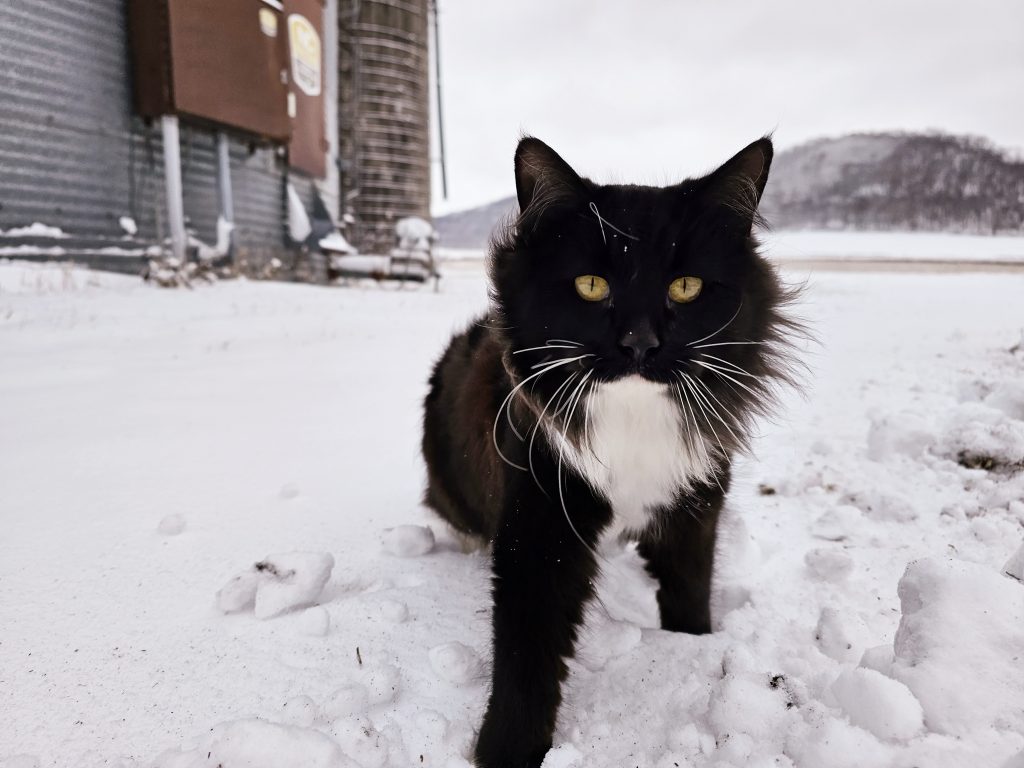
Step 1: Cleanse
For me, this means a stern cup of coffee with plenty of additions. Personally, I use the Homestead Honey Farm brand, a well-crafted and local purchase in addition to Organic Valley half and half. Multiple sources discuss the importance of cleansing morning and night. I couldn’t agree more. If my Norwegian roots have proved anything, it is the value of stiff coffee at all hours, a true cleanser of the soul, mind, and body.
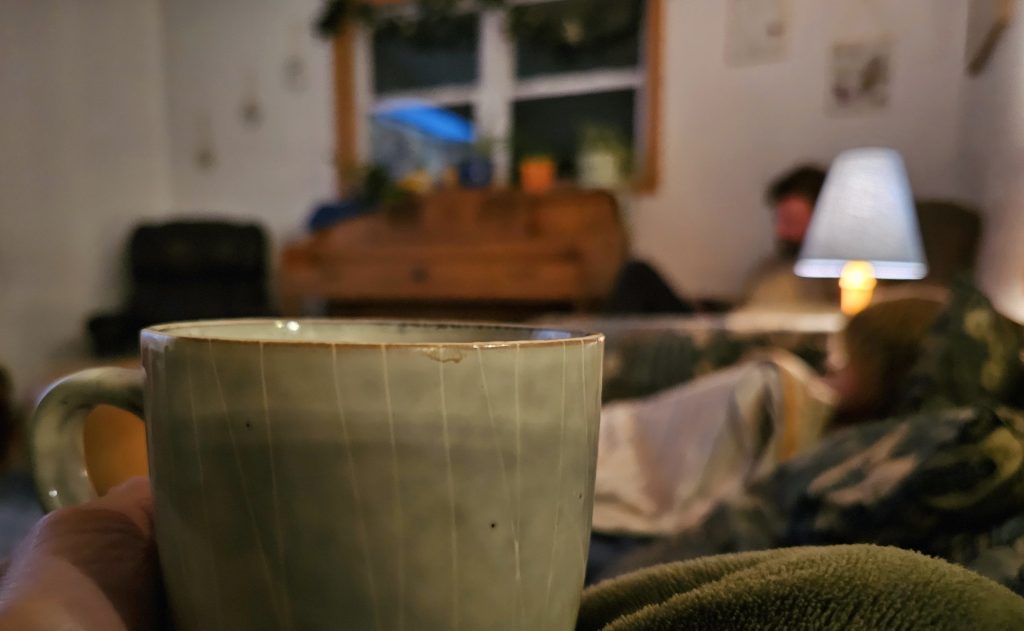
Step 2: Toners
I actually had no idea what this was until I took to reading about it today. After reading a few articles, I am still highly unsure. The purpose seems variable, almost subjective, but the most relatable application may be to “rebalance”. As that morning cup of joe oozes into my neurons, I certainly begin to feel rebalanced from the inside out. While my innards are warm and ready, my outtards are still bra-less and in dissaray. After some tooth brushing, tying my hair back, and contact lens application, I consider a bra to rebalance the girls. With a little stability, I am ready for the day.

Step 3: Exfoliation/Masks
I learn that masks and exfoliators come in many forms. Lord knows I have tried every mask under the sun! From the balaclava to the fleece neck gaiter to the weird form-fitting neoprene option, there are masks for every face. After much trial, I landed on the only one that I haven’t lost- a thick 1/3 wool and 2/3 acrylic gaiter gifted to me from my mom in 2010. So, for the mask options, I have stuck to this slightly itchy old timer, mostly because it ran out of opponents.
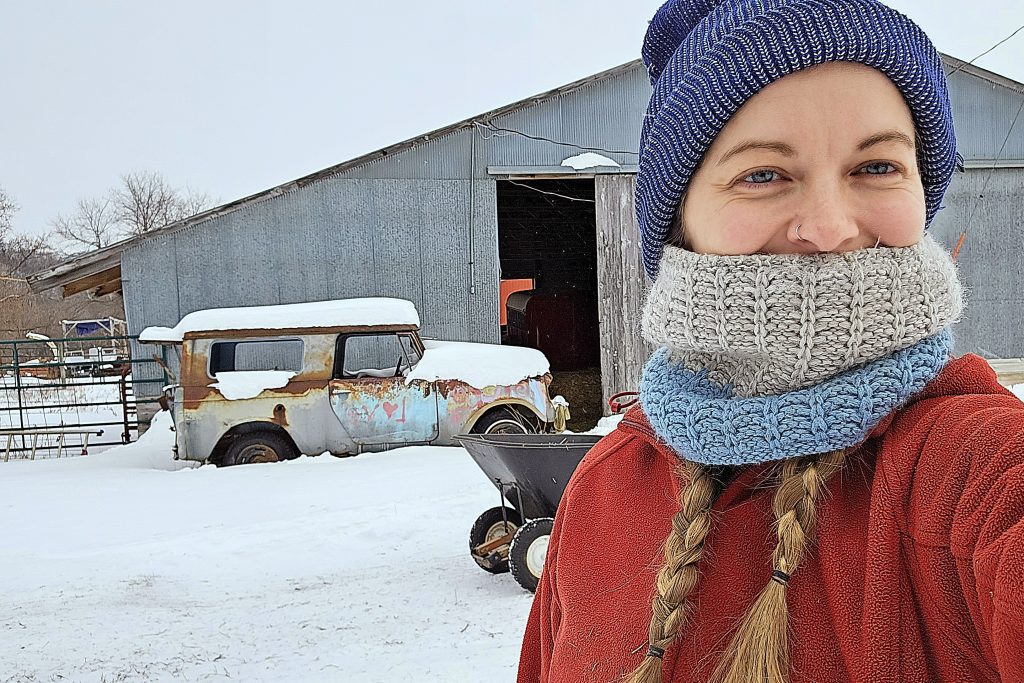
Step 4: Serums
It appears that serums are used as underlayers of sorts. This applies perfectly as I don my $9 sweatpants and whatever sweatshirt I see first. While some influencers may tell you to buy the top shelf serum, I commonly scavenge my underlayers from the bottom drawer or the dirty laundry pile.

Step 5: Moisturizer
Now, this is where inescapable joy infiltrates my entire system. This is when I want to scream my seven step routine from the top of my lungs, perhaps on an Instagram story, or more commonly, within the confines of my burgundy colored garage.
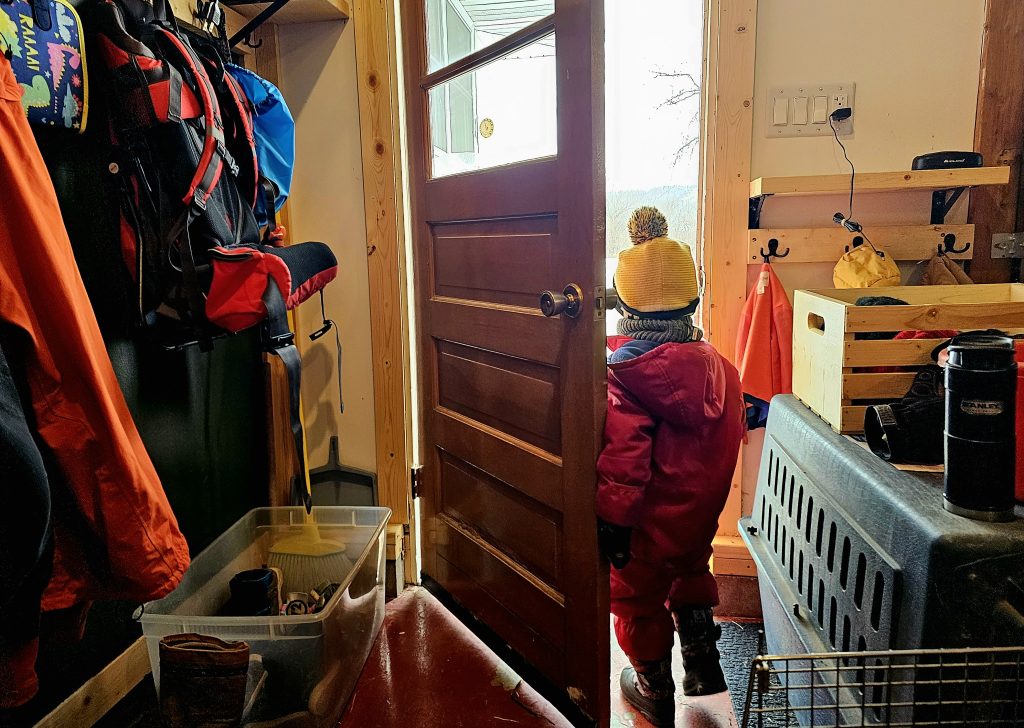
As I slip my toes into the silky soft Darn Tough socks pulled fresh from the dryer, I smile a simple smile. What a luxury! No peptides or retinol needed, just natural wool to keep my skin feeling soft and warm. Now, remember, as you age, you will need more expensive moisurizers… I mean socks, to keep your skin feeling vitalized! Darn Toughs are worth every penny! The secret to true radiance!

Step 6: Eye Care
I am reading a lot of hoopla related to the eye. Apparently, there can be a lot afflictions such as crow’s feet, dark circles, and even puffiness. In my humble opinion, the fresh air and sunshine we are about to engage in will most certainly affect your ailments. You can expect to be squinting or laughing, actions sure to cement those gorgeous wrinkles! However, a good thick hat will be the ticket to preventing runny eyes which often lead to frozen lashes- a look you may or may not be going for. I don’t have a particular recommendation in brand of hat. There are many looks and styles. Just make sure that the hat covers your ears and not your eyes. Whether you suffer from fine lines or dark circles, it really doesn’t matter, as long as those beauties can show you the magical wonderland you are about to embark on.
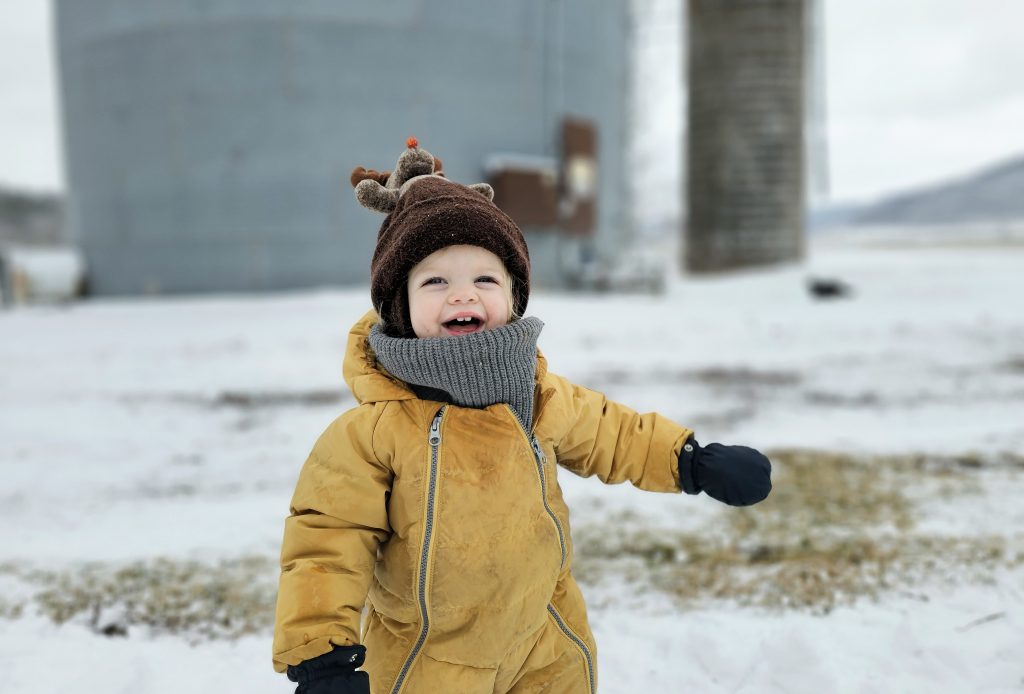
Step 7: Makeup
We are now on our final step of this routine! This is the where we bring our uniqueness to life. For me, I was always told “Carhartts, Carhartts, Carhartts!” but just last year, I discovered the Bernes. With a women’s size perfectly tailored to my short stature, I am sold. I am here to tell you, pick the makeup that accentuates your attributes! For me, this meant doing away with the child-sized Carhartts and buying into the slightly less known Berne women’s insulated bibs. Finally, a short sized option for a person with hips.
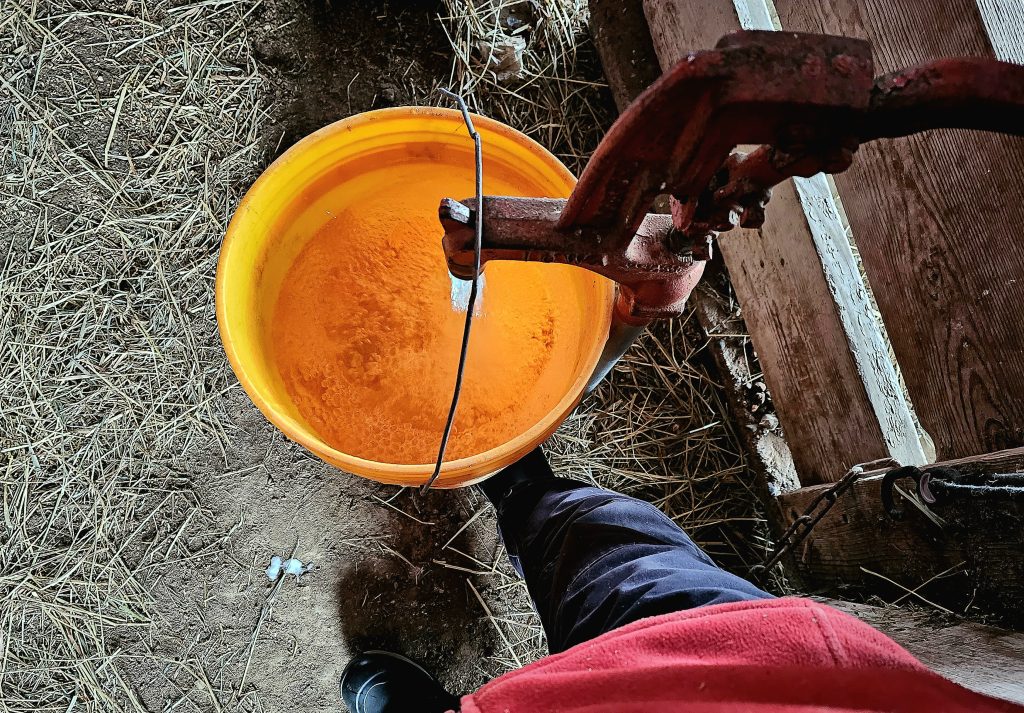
Like red lipstick before going out on the town, I paint on my red Duluth Trading fleece coat adorned with leftover hay from my last visit to the goat’s clubhouse. I quite literally brush my shoulders off.
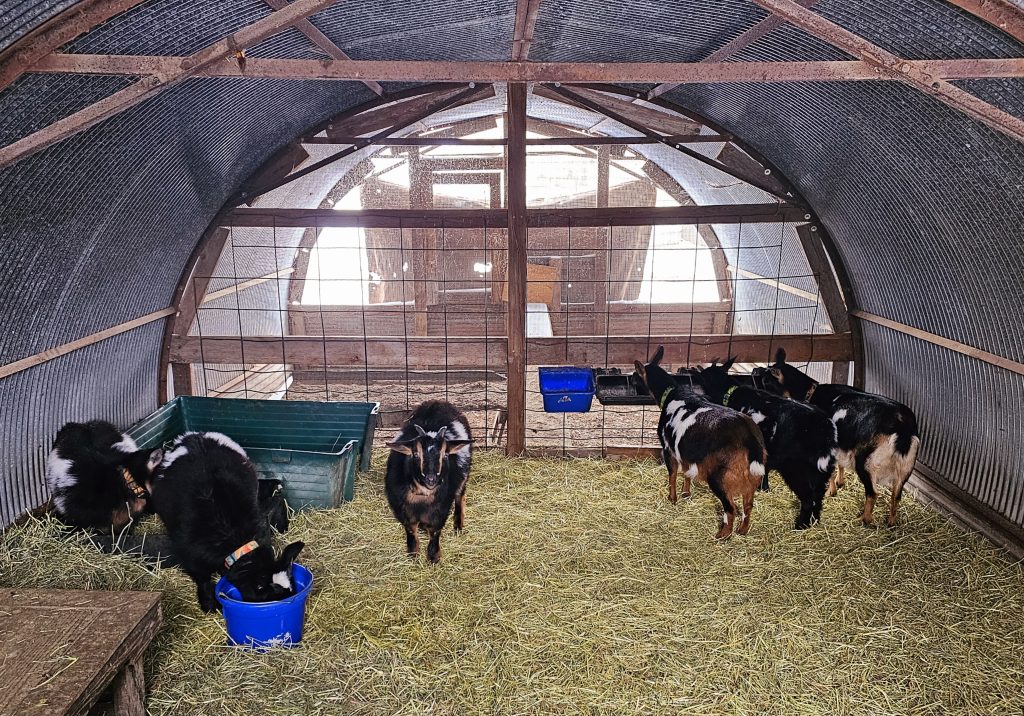
On go my LaCrosse boots with the thick heel. They are hot hot hot in whatever definition you choose to use.
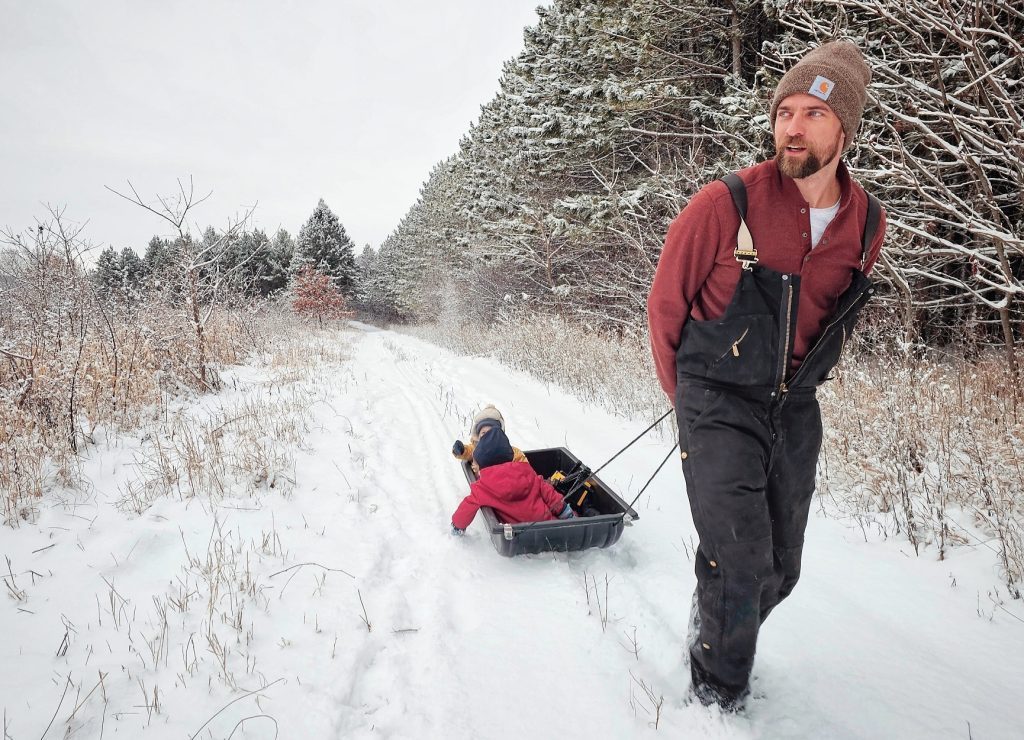
Lastly, the essential insulated deerskin mittens- finishing off my signature look, making me feel invincible and ready to handle some wood.
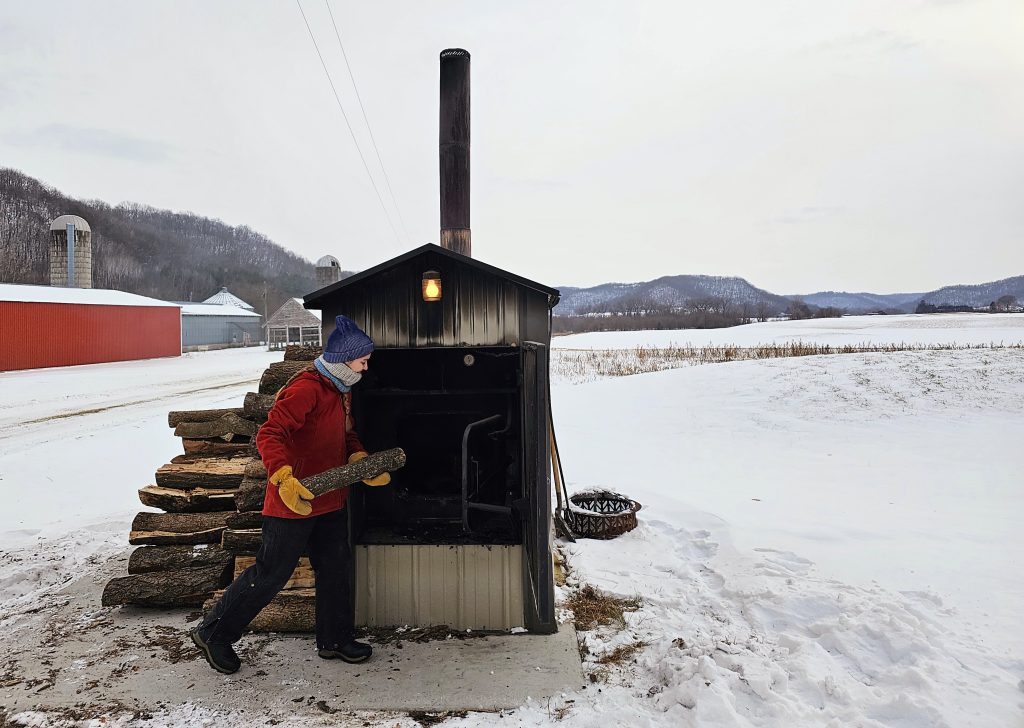
Now, after completing my GRWM tutorial, I find myself perfuming my body with the scent of burnt firewood. This is a bonus to my morning routine. I smile as my eyes squint in the smoke of the woodstove- sure to secure those hard earned fine lines. I admire the glimmering snow, a sight so welcome after our 50 degree Christmas.

I remove my gloves as I get to the goats, eager to pet down into their winter coat, assuring myself that they too are staying warm in these negative temps.
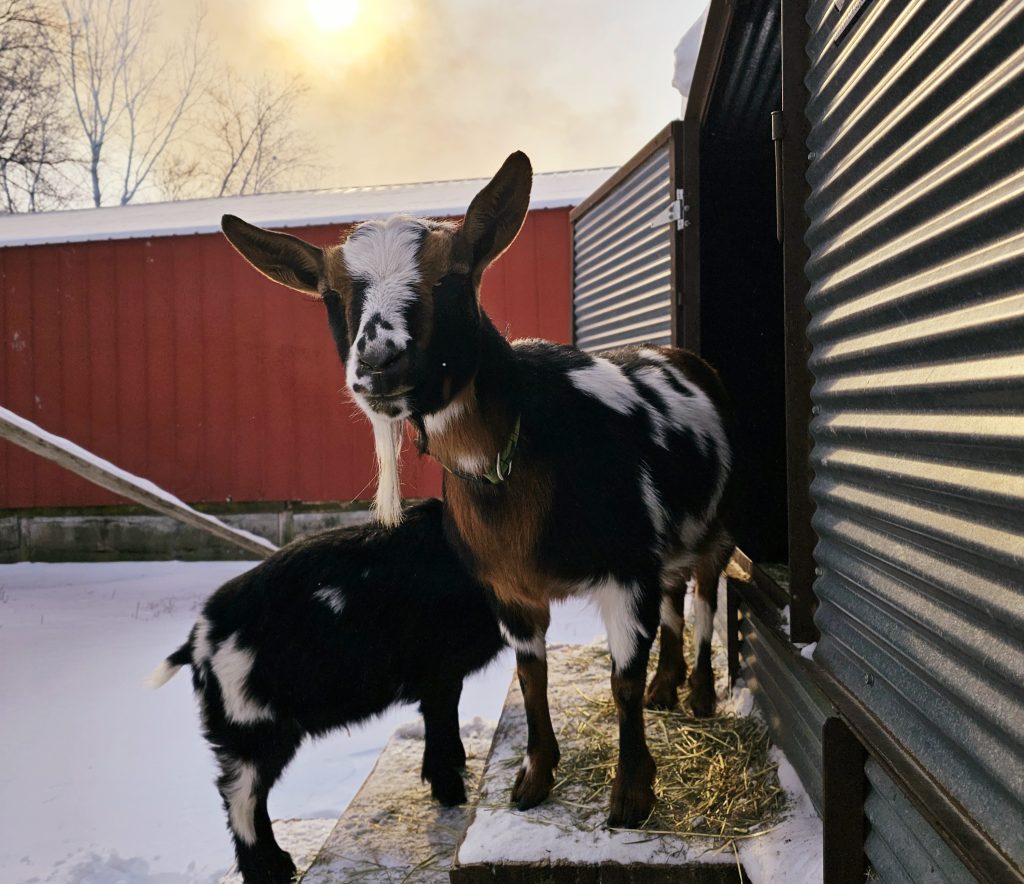
I talk to the 22 chickens as they strut around like queens, always unbothered and always delivering- still well over a dozen eggs a day.

I march through the snow to see the creek- freezing now- a delightful sight.
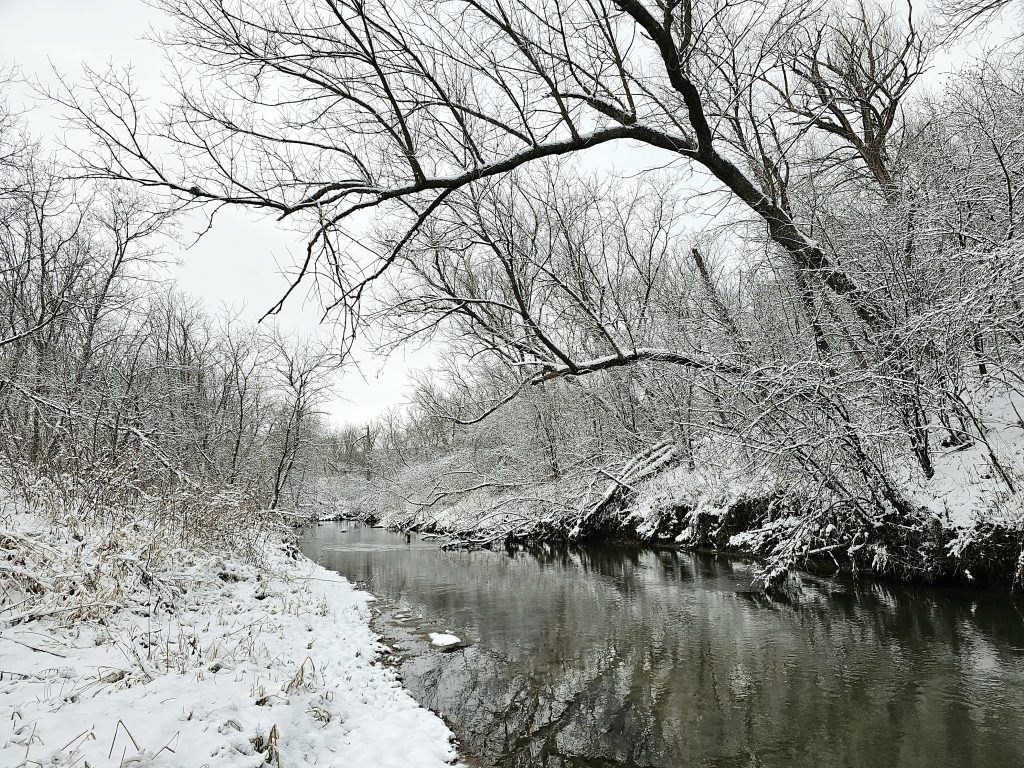
I stay outside longer to hike up the state land just to stand among the pines. I feel both significant and insignificant here, one with the winter world, warm and happy.
